Porsche 2009 Annual Report Download - page 106
Download and view the complete annual report
Please find page 106 of the 2009 Porsche annual report below. You can navigate through the pages in the report by either clicking on the pages listed below, or by using the keyword search tool below to find specific information within the annual report.-
 1
1 -
 2
2 -
 3
3 -
 4
4 -
 5
5 -
 6
6 -
 7
7 -
 8
8 -
 9
9 -
 10
10 -
 11
11 -
 12
12 -
 13
13 -
 14
14 -
 15
15 -
 16
16 -
 17
17 -
 18
18 -
 19
19 -
 20
20 -
 21
21 -
 22
22 -
 23
23 -
 24
24 -
 25
25 -
 26
26 -
 27
27 -
 28
28 -
 29
29 -
 30
30 -
 31
31 -
 32
32 -
 33
33 -
 34
34 -
 35
35 -
 36
36 -
 37
37 -
 38
38 -
 39
39 -
 40
40 -
 41
41 -
 42
42 -
 43
43 -
 44
44 -
 45
45 -
 46
46 -
 47
47 -
 48
48 -
 49
49 -
 50
50 -
 51
51 -
 52
52 -
 53
53 -
 54
54 -
 55
55 -
 56
56 -
 57
57 -
 58
58 -
 59
59 -
 60
60 -
 61
61 -
 62
62 -
 63
63 -
 64
64 -
 65
65 -
 66
66 -
 67
67 -
 68
68 -
 69
69 -
 70
70 -
 71
71 -
 72
72 -
 73
73 -
 74
74 -
 75
75 -
 76
76 -
 77
77 -
 78
78 -
 79
79 -
 80
80 -
 81
81 -
 82
82 -
 83
83 -
 84
84 -
 85
85 -
 86
86 -
 87
87 -
 88
88 -
 89
89 -
 90
90 -
 91
91 -
 92
92 -
 93
93 -
 94
94 -
 95
95 -
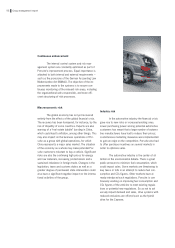 96
96 -
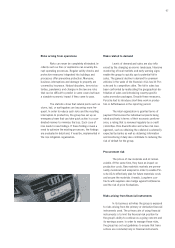 97
97 -
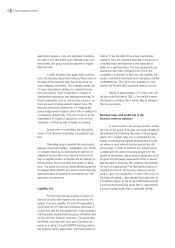 98
98 -
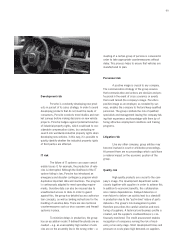 99
99 -
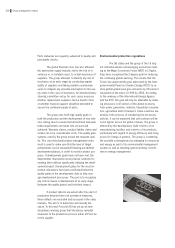 100
100 -
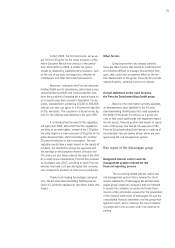 101
101 -
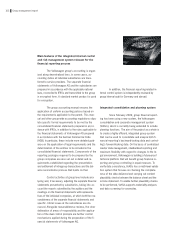 102
102 -
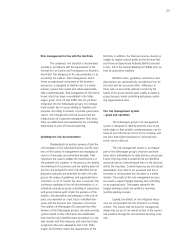 103
103 -
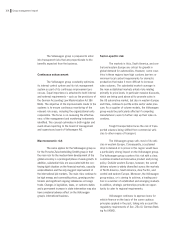 104
104 -
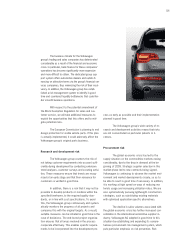 105
105 -
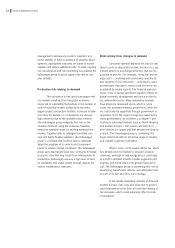 106
106 -
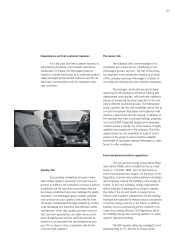 107
107 -
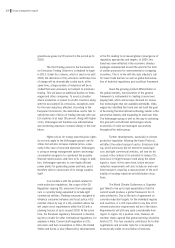 108
108 -
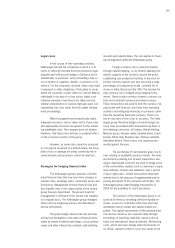 109
109 -
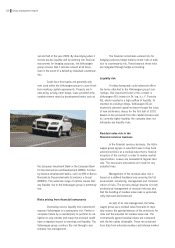 110
110 -
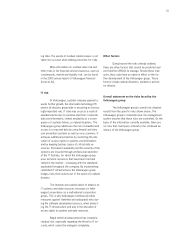 111
111 -
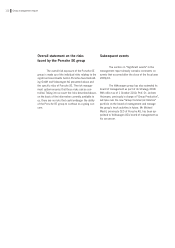 112
112 -
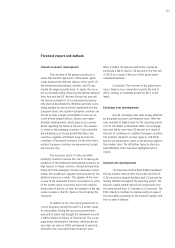 113
113 -
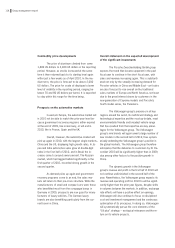 114
114 -
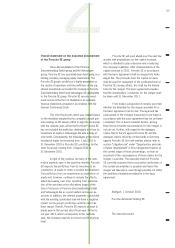 115
115 -
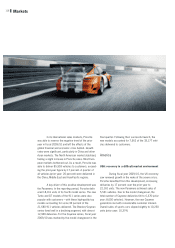 116
116 -
 117
117 -
 118
118 -
 119
119 -
 120
120 -
 121
121 -
 122
122 -
 123
123 -
 124
124 -
 125
125 -
 126
126 -
 127
127 -
 128
128 -
 129
129 -
 130
130 -
 131
131 -
 132
132 -
 133
133 -
 134
134 -
 135
135 -
 136
136 -
 137
137 -
 138
138 -
 139
139 -
 140
140 -
 141
141 -
 142
142 -
 143
143 -
 144
144 -
 145
145 -
 146
146 -
 147
147 -
 148
148 -
 149
149 -
 150
150 -
 151
151 -
 152
152 -
 153
153 -
 154
154 -
 155
155 -
 156
156 -
 157
157 -
 158
158 -
 159
159 -
 160
160 -
 161
161 -
 162
162 -
 163
163 -
 164
164 -
 165
165 -
 166
166 -
 167
167 -
 168
168 -
 169
169 -
 170
170 -
 171
171 -
 172
172 -
 173
173 -
 174
174 -
 175
175 -
 176
176 -
 177
177 -
 178
178 -
 179
179 -
 180
180 -
 181
181 -
 182
182 -
 183
183 -
 184
184 -
 185
185 -
 186
186 -
 187
187 -
 188
188 -
 189
189 -
 190
190 -
 191
191 -
 192
192 -
 193
193 -
 194
194 -
 195
195 -
 196
196 -
 197
197 -
 198
198 -
 199
199 -
 200
200 -
 201
201 -
 202
202 -
 203
203 -
 204
204 -
 205
205 -
 206
206 -
 207
207 -
 208
208 -
 209
209 -
 210
210 -
 211
211 -
 212
212 -
 213
213 -
 214
214 -
 215
215 -
 216
216 -
 217
217 -
 218
218 -
 219
219 -
 220
220 -
 221
221 -
 222
222 -
 223
223 -
 224
224 -
 225
225 -
 226
226 -
 227
227 -
 228
228 -
 229
229 -
 230
230 -
 231
231 -
 232
232 -
 233
233 -
 234
234 -
 235
235 -
 236
236 -
 237
237 -
 238
238 -
 239
239 -
 240
240 -
 241
241 -
 242
242 -
 243
243 -
 244
244 -
 245
245 -
 246
246 -
 247
247 -
 248
248 -
 249
249 -
 250
250 -
 251
251 -
 252
252 -
 253
253 -
 254
254 -
 255
255 -
 256
256 -
 257
257 -
 258
258 -
 259
259 -
 260
260 -
 261
261 -
 262
262 -
 263
263 -
 264
264 -
 265
265 -
 266
266 -
 267
267 -
 268
268 -
 269
269 -
 270
270 -
 271
271 -
 272
272 -
 273
273 -
 274
274 -
 275
275
 |
 |

management continuously monitors suppliers’ eco-
nomic stability. If there is evidence of negative devel-
opments, appropriate measures are taken to ensure
supplies and reduce additional risks. To date, ongoing
risk classification and risk monitoring has enabled the
Volkswagen group to avoid supply risks due to sup-
plier defaults.
Production risk relating to demand
The turbulence on the world passenger vehi-
cle markets resulting from the global economic
slump led to substantial fluctuations in the number of
units of individual models produced at the Volks-
wagen group’s production facilities. Forecast installa-
tion rates for features or components are increas-
ingly uncertain due to the unstable sales markets.
The Volkswagen group mitigates this risk as the
situation demands using the extensive flexibility
measures available under its existing working time
models. Together with its intelligent turntable con-
cept and highly flexible suppliers, the Volkswagen
group is confident that it will be able to optimally
adapt the program at its vehicle and component
plants to volatile market conditions. The Volkswagen
group uses appropriate insurance contracts to hedge
economic risks that may result from interruptions to
production. Volkswagen ensures a high level of facil-
ity availability and stable output through regular pre-
ventive maintenance measures.
Risks arising from changes in demand
Consumer demand depends not only on real
factors such as disposable income, but also to a sig-
nificant extent on psychological factors that are im-
possible to plan for. For example, rising fuel and en-
ergy costs – combined with uncertainty over the fu-
ture taxation of CO2 emissions – could lead to unex-
pected buyer reluctance, which could be further ex-
acerbated by media reports. The financial and eco-
nomic crisis is having significant negative effects on
global economic development and hence on the en-
tire automotive sector. Many automotive markets
have entered a downward spiral, which in some
cases has assumed dramatic proportions, while oth-
ers could only be supported through government in-
tervention. Once the support programs launched by
many governments run out there is a danger – par-
ticularly in saturated markets such as North America
and western Europe – that owners will hold on to
their vehicles for longer and that demand will drop as
a result. The Volkswagen group is combating this
buyer reluctance with its attractive range of models
and in-depth customer orientation.
What is more, a CO2-based vehicle tax, which
has already been formulated in several European
countries, and high oil and energy prices could lead
to a shift in demand towards smaller segments and
engines, and hence impact the group’s financial re-
sult. The Volkswagen group is countering this risk by
developing fuel-efficient vehicles and alternative fuels
as part of its fuel and drive train strategy.
In the rapidly expanding markets of Asia and
eastern Europe, risks may also arise due to govern-
ment intervention in the form of restrictive lending or
tax increases, which could adversely affect private
consumption.
106 Group management report
